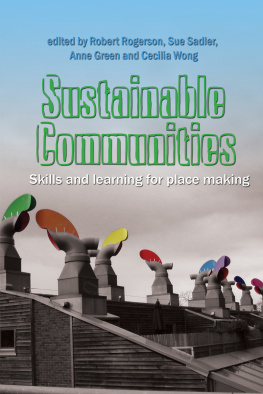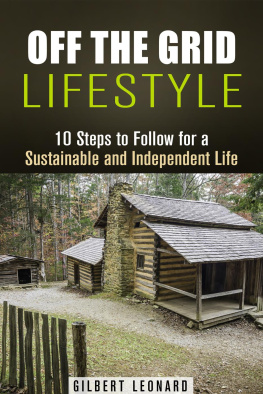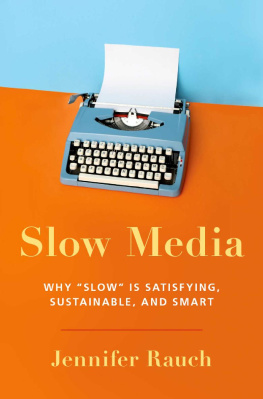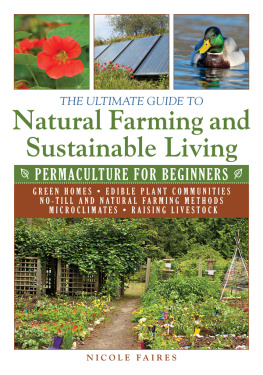Copyright 2017 by The University Press of Kentucky
Scholarly publisher for the Commonwealth, serving Bellarmine University, Berea College, Centre College of Kentucky, Eastern Kentucky University, The Filson Historical Society, Georgetown College, Kentucky Historical Society, Kentucky State University, Morehead State University, Murray State University, Northern Kentucky University, Transylvania University, University of Kentucky, University of Louisville, and Western Kentucky University.
All rights reserved.
Editorial and Sales Offices: The University Press of Kentucky
663 South Limestone Street, Lexington, Kentucky 40508-4008
www.kentuckypress.com
Cataloging-in-Publication Data is available from the Library of Congress.
ISBN 978-0-8131-6863-0 (hardcover : alk. paper)
ISBN 978-0-8131-6864-7 (pdf)
ISBN 978-0-8131-6865-4 (epub)
This book is printed on acid-free paper meeting the requirements of the American National Standard for Permanence in Paper for Printed Library Materials.
Manufactured in the United States of America.
| Member of the Association of
American University Presses |
Introduction
When you get connected to creation and you get connected to real heart connections with people, you see that the world is beautiful, and its full of unimaginable potential.
Mark Becker, Possibility Alliance
HOW CAN WE LIVE together in ways that are healthy and sustainable for people and the planet? This book tells the story of people attempting to live intentionally and sustainably by practicing ideals of nonviolence, participatory democracy, and voluntary simplicity. Between 2011 and 2015, I visited intentional communities, which can be broadly defined as residential communities organized around shared values, to see how they incorporated these abstract values into their lives. These communities understood themselves as demonstration communities; that is, they were willing to share their successes and failures with others. More important, they saw themselves as experimental, as communities developing and testing, but not imposing, new patterns of living, eating, and communicating.
I wanted to learn about these communities and their experiments because their values of nonviolence, participatory democracy, and voluntary simplicity are important to me; they are also my values. Each of these values is important individually, but they become even more potent as a cluster. Nonviolence and voluntary simplicity appeal to many people, but how to go about living these valuesat the personal, community, and, perhaps, global scaleis not always clear. Living Sustainably discusses intentional communities that are trying to do just that.
Residents of intentional communities come together purposefully to test out ways of living, and in so doing illustrate ways in which we might live more intentionally and sustainably. The communities in this book illustrate multiple ways of coming togetherecovillages, Catholic worker communities, and cohousing communitiesbut the important point is that they came together as communities to demonstrate living shared values. As Americans, we tend to focus on the future, but these communities demonstrate that we can learn from the past. In reviving agrarian skills, for example, to work toward self-sufficiency, they are questioning which almost-forgotten skills and values might be worth revisiting and adapting to present needs.
The language of intention is significant because it offers people many different ways to engage. Everyone already participates in multiple communitiesresidential, social, and virtualand we can be intentional about nonviolence, participatory democracy, and voluntary simplicity in those communities. Most people do not live in intentional communities, but we can all be more deliberate about how we live our lives, as individuals and as neighbors. Although most of our neighborhoods do not form around shared values, neighborhood associations could coalesce around voluntary simplicity and sustainability by sharing tools, for example, or, in my neighborhoods case, shared concerns for the health of our lake.
Some people can do more, and some lessit would be wrong to ask those with little access to resources to embrace voluntary simplicity. Living intentionally is one way to be the change you wish to see in the world. This phrase communicates a critical idea: it is not enough to simply condemn or criticize the world we live in. Instead, we must create and inhabit the world we desire. This book explains my experiences with intentional communities and what I have learned about bringing these lessons home.
Seeking Communities
In the spring of 2011, I started to look for communities in the United States that were trying to be the change by living out values of nonviolence, voluntary simplicity, and interdependence. I sat down with my laptop one afternoon and started with Google. Since be the change has been extraordinarily influential, this phrase became a starting point in my search. I paired it with a variety of search terms (such as community, nonviolence, and simplicity) to see what types of communities might pop up. I tried a variety of permutations and found a range of communities that appeared innovative and exciting. I quickly amassed a collection of blogs and magazine articles as well as promotional literature produced by the communities themselves. Moreover, I found that the Federation of Intentional Community (FIC) maintains an extensive database of intentional communities, from established ones to those in the process of creation. The FIC website states that intentional community is an inclusive term for ecovillages, cohousing communities, residential land trusts, communes, student co-ops, urban housing cooperatives, intentional living arrangements, alternative communities, cooperative living schemes, and other projects where people strive together with a common vision.1
Simply put, intentional communities are residential communities with a shared vision. Religious studies scholar Timothy Miller proposes four criteria to help distinguish intentional communities from shared living arrangements: shared purpose, some kind of common living space, some shared resources, and critical mass.2 The FIC definition of intentional community is extraordinarily broad and includes a range of institutions, from monasteries to housing co-ops, that might be located in almost any neighborhood. In some communities, such as communities that share income or have a common purse, the residents lives are tightly integrated, while at the other end of the spectrum, cohousing groups are more loosely affiliated and mainly share physical resources, such as common space.
For many people, intentional community conjures up images of drugged-out hippies and the Haight-Ashbury ethos of the late 1960s and early 1970s. In the 1970s, idealistic youth established communal societies such as the Farm in Summertown, Tennessee, to experiment with alternative economies, child-rearing philosophies, and social relations. Most of these communities developed organically and haphazardly, without prior planning, and their physical, governance, and social structures demonstrated more youthful enthusiasm than skill. Movies such as the 2005 documentary










 UNIVERSITY PRESS OF KENTUCKY
UNIVERSITY PRESS OF KENTUCKY
